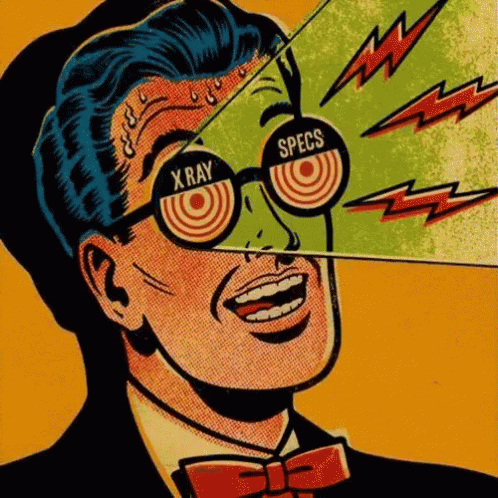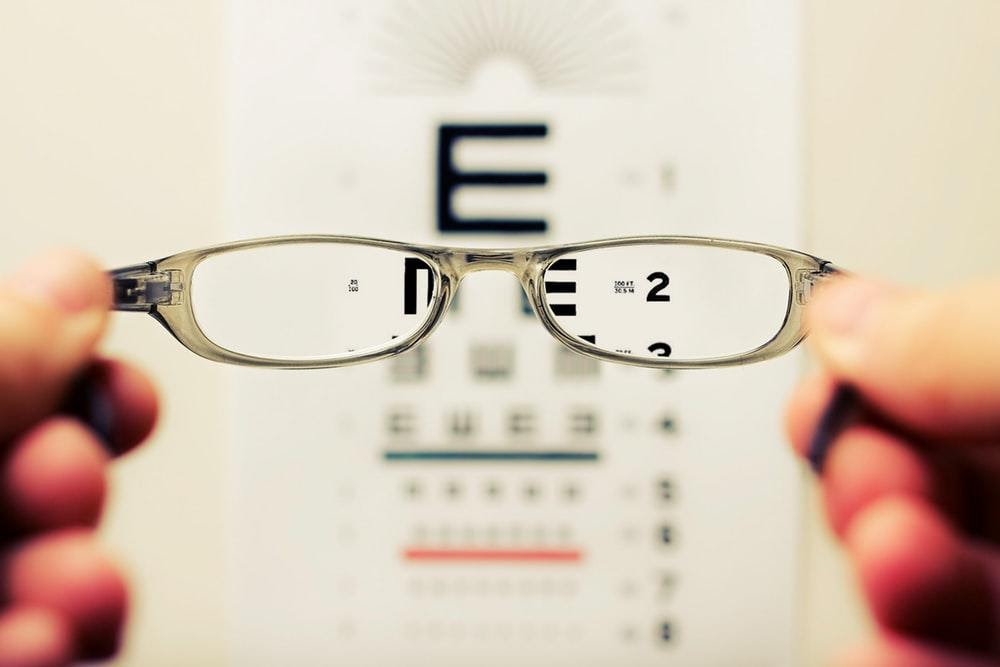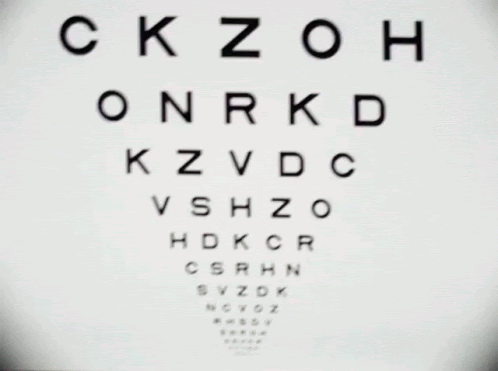-
See the Difference: Save $1,000 on LASIK , Find More
*Must mention this promotion and be treated in October of 2024 to qualify. $1,000 off for both eyes on standard Wavelight price, $500 off for one eye. Cannot be combined with any other offers.
20/20 Vision: Does It Mean You Have Perfect Vision?
The term “20/20 vision” is often associated with the idea of a person having perfect vision. This visual acuity means that you have sharp, clear vision, so there is no need to wear contact lenses or glasses.
But, at the risk of bursting your bubble, 20/20 vision doesn’t necessarily mean that the person’s vision is perfect. Here are a few things you need to know:

What Does 20/20 Vision Mean?
When an optometrist is completing an eye exam, the doctor is measuring the clarity and sharpness of your vision. If any visual problems are identified, then these issues can often be fixed using corrective lenses. Glasses and contact lenses are designed to change the way the light enters the eye, improving the overall clarity that you can see.
Your optometrist will test visual acuity to determine how well your eyes can see an object that is 20 feet away. A standardized eye chart is used, with the examination chair placed a specific distance away. When your vision is clear at this distance, then it means that your eyesight is “normal” compared to other people.
The visual acuity numbers change depending on the severity of your vision. The top number indicates the distance between the patient and the chart. The bottom number is a numeric expression of your refractive error. It is an indication of the distance someone with normal eyesight can be to see what you can at 20 feet.
For example, if an eye doctor indicates that you have 20/80 vision, then it means that you need to be 20 feet away to see something that a person with normal vision can see from 80 feet away. When the vision reaches the point of 20/200 or above, it is considered legal blindness. Conversely, if you have 20/15 vision, then it means that you see from 20 feet away with the clarity that an average person sees at 15 feet away. That’s right, there IS such a thing as better than 20/20 vision. It is not uncommon to achieve better than 20/20 vision as a result of a LASIK corrective procedure.

Nearsighted vs. Farsighted
It is also important to note that some people can see things from a distance, but they have trouble focusing on objects that are near. Farsightedness (known as hyperopia) means that you might find it easy to look at objects in the distance, but it’s challenging to read words on a page or see the details on something you are holding in your hand.
When you can see nearby objects but can’t focus on distant objects, then it is known as nearsightedness (also called myopia).
Where 20/20 Vision Falls Short
This test is relatively accurate in determining the clarity of your eyesight. But there are a few factors that don’t account for the visual stimulation that you encounter outside of the optometry office. For example, the eye chart uses a contrasting design with numbers and letters that are stationary. Typically, the letters and numbers are black, with a white background.
Since you don’t often encounter these same conditions in the real world, this test isn’t predictive of how your eyes function in regular, daily activities. Even if the doctor says that you have 20/20 vision, it doesn’t indicate how well you can see:
- Moving objects
- Different colors
- Peripheral sights
- Objects without contrast (the object and background are similar in brightness
Many other factors impact overall vision, including depth perception, eye coordination, and focusing ability.
Comprehensive Eye Exam
A comprehensive eye exam is more than just determining if you have perfect vision. The goal is to measure your visual acuity, and also identify any other factors that might be affecting your eyesight.
During this appointment, your overall eye health is assessed, and the doctor examines both the internal and external parts of the eye. It is common to use a slit lamp or biomicroscope to see the eye in detail, including the lens, cornea, optic nerve, and retina. A dilated exam might be done by using drops that enlarge the pupils so the doctor can see the back of the eye.
Additionally, a glaucoma test is done to measure eye pressure. This test can only be completed by an experienced eye professional. Even though increased eye pressure sometimes doesn’t affect visual acuity immediately, it can lead to long-term damage when the pressure in the eye builds too high.
As you can see, it is always important to visit the eye doctor, even if you have 20/20 vision. Regular checkups are helpful for early diagnosis and to prevent bigger problems in the future.

Treatment Options to Improve Your Vision
Even if you don’t naturally have 20 20 vision, there are a variety of treatments that can be used to help you enjoy clear vision. The first step is to identify the reason why your vision is having problems; then, treatment can be selected to correct these issues.
Common treatments might include:
- Glasses: Frames with lenses can be used for vision correction. These lenses are customized to match your eyes, with the option to include multiple prescriptions if you need different correction for near vision and far vision.
- Contact Lenses: Contacts work similarly as glasses, but they rest on the surface of the eye. If you don’t like wearing glasses on your face, then contacts might be a good option to consider. Contact lenses are popular among athletes or people who prefer their appearance without glasses.
- Laser Eye Surgery: The advancements in technology have made it possible to correct common vision problems. Lasers can be used to improve refractive errors by changing the shape of the cornea. As a result, the vision is improved, and there is no longer a need to wear glasses or contact lenses.
- Medications: If your vision is affected by an eye disease, then medications might be helpful to protect your vision by slowing the progression of the disease.
Your eye doctor can help in determining the right vision correction for your unique needs. Once you have identified the treatment that works, it is important to maintain regular eye exams so the optometrist can track how your eyes are changing over time.
Personalized Options for Treatment
Just because you don’t have 20/20 eyes doesn’t mean that you can’t enjoy clear vision. LASIK eye surgery is a great option to consider if you want to see clearly without wearing glasses or contacts. For more information, reach out to us at LasikPlus. We are here to help you find the right provider in your local area. Schedule an appointment or call 1.866.755.2026.
YOU MIGHT ALSO LIKE...
VISION CENTERS NEAR ME
Enter your zip code, city, or a doctor name below to find a vision center.
Find out if LASIK is right for you
Congratulations!
Your vision issues can most likely be corrected with a LASIK procedure. Schedule a free consultation today.
Answer 5 simple questions to see if you are a candidate
What is your age group?
Do you wear...
With corrective lenses, do you have...
Have you ever been told that you have astigmatism?
Have you ever been told that you have dry eyes?
Request an Information Kit
Learn about your surgeon, the latest advanced technology, procedures, options and benefits, financing options, and what to expect from your LASIKPlus experience.









